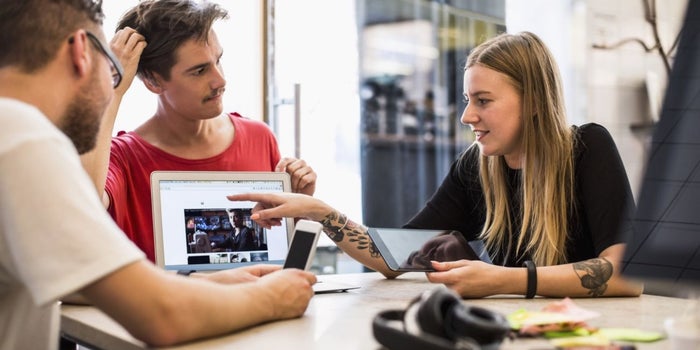For any business to thrive, two things have to be satisfied. First, their product must be able to provide a solution to a problem or meet a specific need. Second, it must be viable for commercial production. Achieving both may seem like a daunting task, but this is exactly what product design is for.
What is Product Design?
Every product is designed to improve the quality of life of its user while maintaining a healthy profit margin for the company. For it to achieve this, it has to go through an in-depth analytical process to meet all the requirements one by one. It considers everything from the technological and mechanical functions of the product, its usability, production costs, manufacturing processes, and even up to relevant regulations.
A good design process is focused on the user, and designers have to work around this in coming up with a practical method for commercial production. Still, profit may be a secondary consideration, but it is no less important. Yes, the product must be compelling enough for consumers to buy, but it must be feasible for the company at the same time.
To make a product appealing to potential users, designers must consider usability, aesthetics, functionality, and safety. These aspects will determine how the user will react to the product and whether they would be willing to purchase it. To make it practicable for the business owners, cost-efficient materials should be sourced while identifying streamlined manufacturing processes. Ideally, going through the entire product design process irons out all the kinks in the new product. Once it is rolled out to the market for commercial use, you have something that is enticing to the user, safe for use, and profitable for the company.
The Product Design Process
The foundation of the design process is design thinking. This method aims to recognise market opportunities by defining a problem or a need, develop a practicable solution, and to verify its effectiveness on real-life users.
Researching the Problem
The first step in identifying a need or a problem is by empathising with potential users. It can be achieved by conducting intensive and thorough research, thereby developing a more meaningful understanding of the need of your target users.
Ideation of the Solution
Generating a solution based on the point of view of the user is the next step of the design process. Design teams start this off by brainstorming collaboratively and tossing ideas around through sketches or renderings using 3D software or computer-aided design (CAD).
Prototyping
A prototype is a physical model that closely resembles the final product, and it is fully functional. Prototyping is the first opportunity to test the ideas generated in the ideation process. It can also expose any flaws that are otherwise hard to see on print or a screen. In addition, interacting with the product prototype could inspire other ideas that would make the product better.
Product Testing
The final stage of the design process is testing on actual users. Positive feedback from users is an indicator that the product is ready for commercial rollout. Negative feedback is also important in coming up with a better iteration to which the potential users would be more interested.
The Power of Good Product Design
Whether a product becomes successful or not is often decided by the design process. It is especially true in today’s market, where unlimited choices are available to the consumer. Good product design can give you the edge necessary to stand out and grab the attention of your target user.
